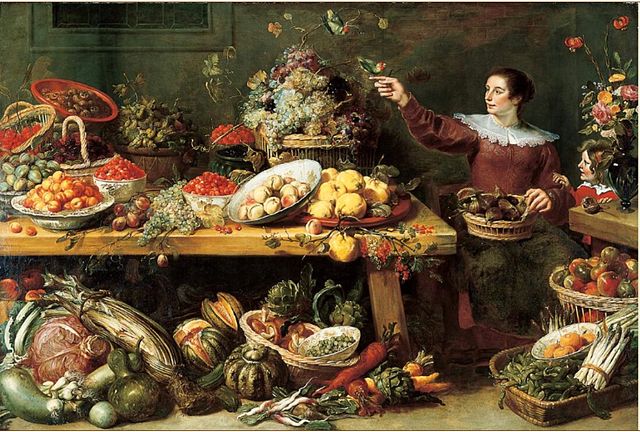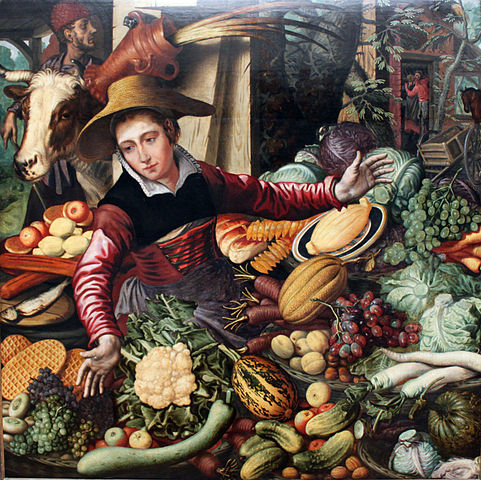The Thammasat University Library has newly acquired a translation into Thai language of a story by the Danish author Karen Blixen, who wrote under the pen name Isak Dinesen. Babette’s Feast was translated into Thai by Khun Rosawan Peungsujarit, who describes herself online as a book translator, an avid reader, a cat lover and a dilettante in so many silly things.
The translation is shelved in the Fiction Stacks of the Pridi Banomyong Library, Tha Prachan campus. The TU Library also owns other books by and about Karen Blixen.
Babette’s Feast was first published in 1950 in The Ladies’ Home Journal, an American periodical that appeared from the 1880s until 2016.
A friend had suggested to Karen Blixen that she write about the theme of food because Americans are very interested in food, so she created a story about how a special meal could change aspects of famil life. In 1958, Babette’s Feast was published in book form in a story collection, Anecdotes of Destiny.
TU students who may wish to compare the English language original to the Thai translation will find a copy of Anecdotes of Destiny shelved in the General Stacks of the Pridi Banomyong Library.
The story, set in Norway in the 1870s, tells of a French Catholic maid who arrives in a small town in Norway and prepares a special meal, showing to her employers that food can change people’s hearts.
In 1987, the Danish writer and director Gabriel Axel made a film adaptation of Babette’s Feast that was widely popular and won the 1988 Academy Award for Best Foreign Film. The story begins in the original English language version:
Two Ladies of Berlevaag
In Norway there is a fjord – a long narrow arm of the sea between tall mountains – named Berlevaag Fjord. At the foot of the mountains the small town of Berlevaag looks like a child’s toy‐town of little wooden pieces painted gray, yellow, pink and many other colors. Sixty‐five years ago two elderly ladies lived in one of the yellow houses. Other ladies at that time wore a bustle, and the two sisters might have worn it as gracefully as any of them, for they were tall and willowy. But they had never possessed any article of fashion; they had dressed demurely in gray or black all their lives. They were christened Martine and Philippa, after Martin Luther and his friend Philip Melanchton. Their father had been a Dean and a prophet, the founder of a pious ecclesiastic party or sect, which was known and looked up to in all the country of Norway… These two ladies had a French maid‐of‐all‐work, Babette. It was a strange thing for a couple of Puritan women in a small Norwegian town; it might even seem to call for an explanation. The people of Berlevaag found the explanation in the sisters’ piety and kindness of heart. For the old Dean’s daughters spent their time and their small income in works of charity; no sorrowful or distressed creature knocked on their door in vain. And Babette had come to that door twelve years ago as a friendless fugitive, almost mad with grief and fear. But the true reason for Babette’s presence in the two sisters’ house was to be found further back in time and deeper down in the domain of human hearts.

Thailand and Karen Blixen
TU students may be interested to know that Karen Blixen’s uncle lived in Siam in the 1800s. Aage Westenholz (1859 – 1935), the brother of her mother Ingeborg Westenholz, was the founder of the Siam Electric Corporation and chairman of the Karen Coffee Company Ltd. Mr. Westenholz was an engineer who worked as a businessman in Siam. In February 2011, ScandAsia Magazine described Mr. Westenholz as the leading expert in some fields in the Kingdom:
In 1893 he had already established a civilian career in Bangkok, but when the conflict with France was imminent, he, as an expert, volunteered and was enlisted, we find him in ‘the List of Foreigners in the Royal Thai Navy’ for the year 1893, 34 years old and with rank as captain… He arrived in Bangkok the 18th December 1885, hired as managing director for a tile works. In the town where all Danes knew each other he soon got acquainted with Commodore Richelieu and people around him… From King Chulalongkorn’s own hand Richelieu the 5th of May 1887 got a concession to establish and run a tramway line in Bangkok. A limited company was established; the King bought shares and for a period of time held 50%, Richelieu and H.N. Andersen also held substantial portions of the shares. Richelieu functioned as Chairman of the Board and he appointed Westenholz as engineer and soon thereafter managing director of the line, first six, then nine, then eighteen kilometers, running along Charoen Krung Road; later one more line was built. In a very short while the tramway became a great success, very profitable and the ponies had to work hard… After the dispute Westenholz left the tramways in 1895, but when Richelieu in 1898 obtained the concession for establishing ‘The Siam Electric (or Electricity) Company’ with a fifty years monopoly on delivering electricity to Siam, he was called back as manager, then Managing Director when Richelieu left Siam in 1902. The company was registered in Demark with Isaac Glueckstadt, Landmandsbanken, as Chairman of the Board. Westenholz was also the only Dane in Siam with the knowledge and capacity to run the fast growing business. The tramway became a part of Siam Electric Company and in for example 1907 the trams travelled no less than 1.764.000 miles – stuffed with passengers… Furthermore he founded ‘Maenam Motorboat Company’ in 1906. At that time local Siamese ferries sailed across the river from pier to pier, but it was Westenholz contribution to the infrastructure to start sailing up and down the Chaopraya, from Nonthaburi to south of Klong Toey and also along the major canals for example the Bang Kapi waterway. In 1908 the fleet consisted of 10 motor boats and 2 steam launches (barkasses), their schedules were laid in correspondence with those of the tramlines. Also this enterprise was a success and earned him goodwill. The company operated until 1940 where it came to a standstill because of the war, but nowadays speedy express passenger boats are again plowing the waters.
Isak Dinesen’s farm in Africa, where she wrote a number of her most famous works, was paid for by her Uncle Aage, who had grown rich from his business ventures in Siam.

(All images courtesy of Wikimedia Commons)

